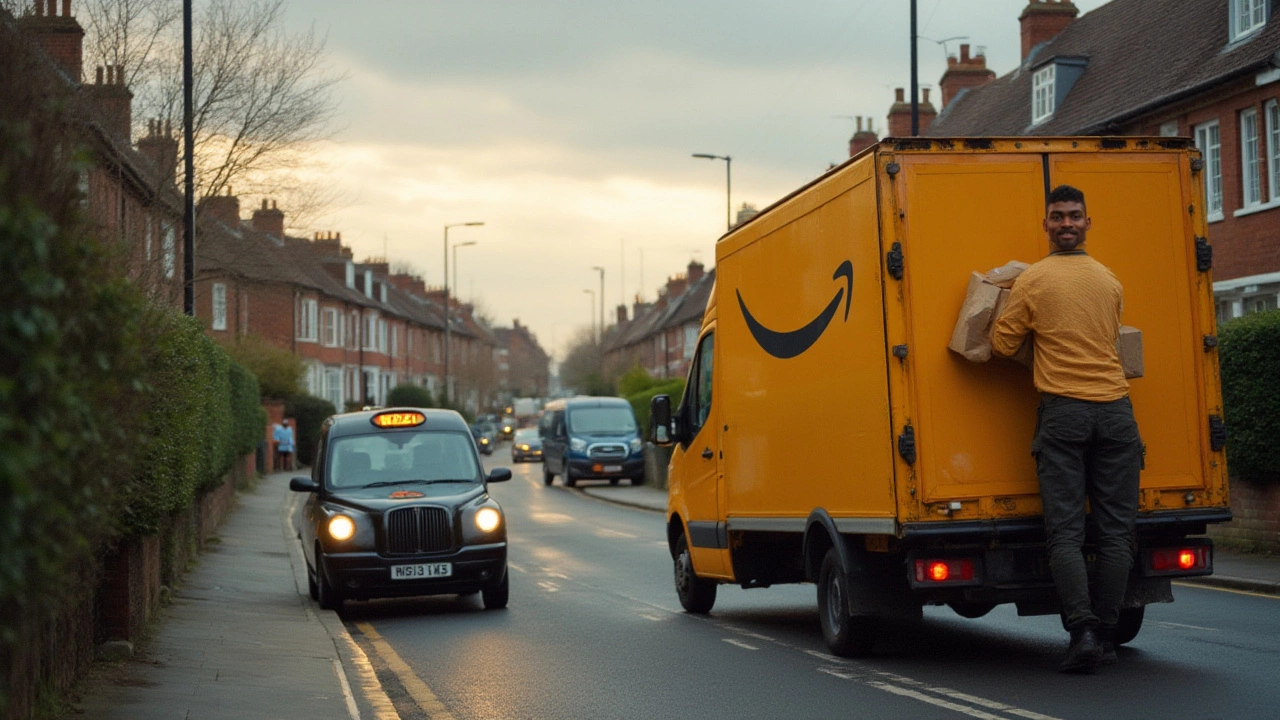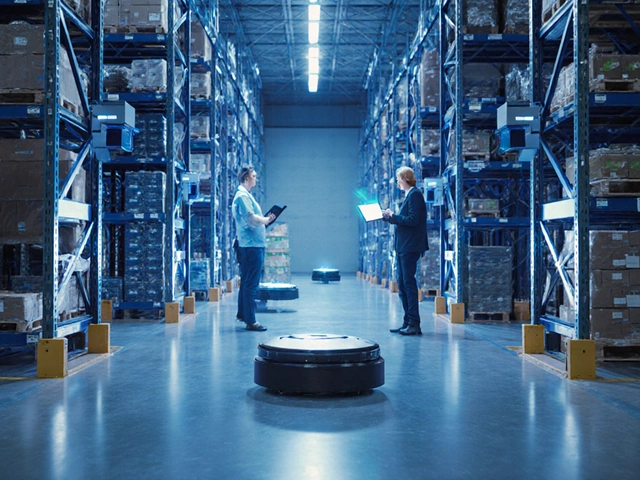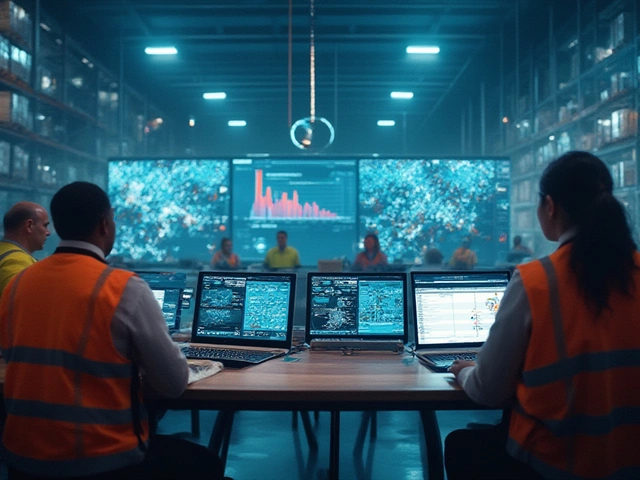Picture this: It’s a rainy Thursday. Tobias is hunting for his old toy robot, and I’m tracking a package full of birthday balloons for him. The status says, “Arriving today by 9 p.m.” I stare outside, half expecting a yellow DHL van, maybe a blue UPS truck. But lately, more often than not, it’s a plain, unmarked white van, or sometimes a smiling Amazon-branded Sprinter, pulling up at the curb. The driver drops off the box, snaps a photo, and—bam—it’s logged as delivered. Suddenly I’m asking, is Amazon a courier, like FedEx or UPS, or is it just something completely different?
The Courier Service Question: What Makes a Courier… a Courier?
The word courier brings to mind familiar names—DHL, FedEx, UPS—that are all about moving someone else’s things from point A to point B, whether it’s overnight documents or next-day flower deliveries. Couriers typically work with all sorts of customers: big businesses, tiny Etsy sellers, everyday folks shipping gifts to grandma. They thrive on speed, reliability, and being available for hire.
Amazon, on the other hand, didn’t start as a courier. It was an online bookstore that became an everything-store. For years, they relied on outside carriers to deliver orders. But as the company ballooned—shipping billions of packages each year—it ran into bottlenecks, missed deadlines, and unpredictable delays, especially during the holiday rush. Amazon took matters into its own hands. Around 2015, it started building its own vast network called Amazon Logistics, launching fleets of vans, planes, even boats and—yes—drones.
But does that make it a true courier? Here’s the twist: Amazon’s delivery operation exists almost exclusively to move Amazon’s own goods. You can’t walk into a shipping center, hand over a birthday card, and have Amazon whisk it across the country for you. Amazon’s drivers and vans are tightly focused on fulfilling orders made on—surprise—Amazon. They don’t show up for random third-party gigs. The line between “retailer” and “delivery company” is getting blurry, but Amazon hasn’t quite crossed it in the way traditional couriers have.
Inside Amazon’s Delivery Machine: How Does It All Work?
Let me pull back the curtain for a bit. Amazon’s delivery system starts churning the moment you click “place order.” Here’s how your package finds its way to your door:
- Warehouse Power: Amazon’s fulfillment centers—more than 175 of them worldwide—are robot-powered. Items are picked, packed, and sorted within minutes. My friend Daniel actually interned at one and said the fastest pickers compete in mini-Olympics to see who can grab, scan, and move goods the quickest.
- Sorting Centers: Packages head to regional hubs, where sophisticated software routes them for final delivery based on zip codes, traffic, and even live weather data. There’s a reason your last-minute Mother’s Day mug made it to Vermont despite that surprise April snowstorm.
- Last-Mile Network: Here’s where things get unique. Amazon relies on thousands of independent contractors known as Delivery Service Partners (DSPs), plus gig drivers for Amazon Flex, who use their own cars. These aren’t traditional unionized courier staff: They’re a mix of entrepreneurs and drivers, hustling to drop off dozens—sometimes hundreds—of packages a day.
- Prime Air & Amazon Air: When time is tight, packages fly. Amazon’s 110+ branded planes operate out of hubs like Cincinnati, shipping up to 1.4 million packages a day, mostly under two-day shipping guarantees.
What I find wild? The technology tracks everything, even down to whether a gate code worked or if Tobias’s birthday box was hidden from plain view. Warehouse robots talk to delivery apps—literally. They predict delays, reroute vans, and slice through obstacles that would stall ordinary couriers. When Marcus accidentally sent his birthday gift for me to an old address, Amazon’s “Delivery Attempted” text—with a doorstep photo—arrived before he could even call to apologize.
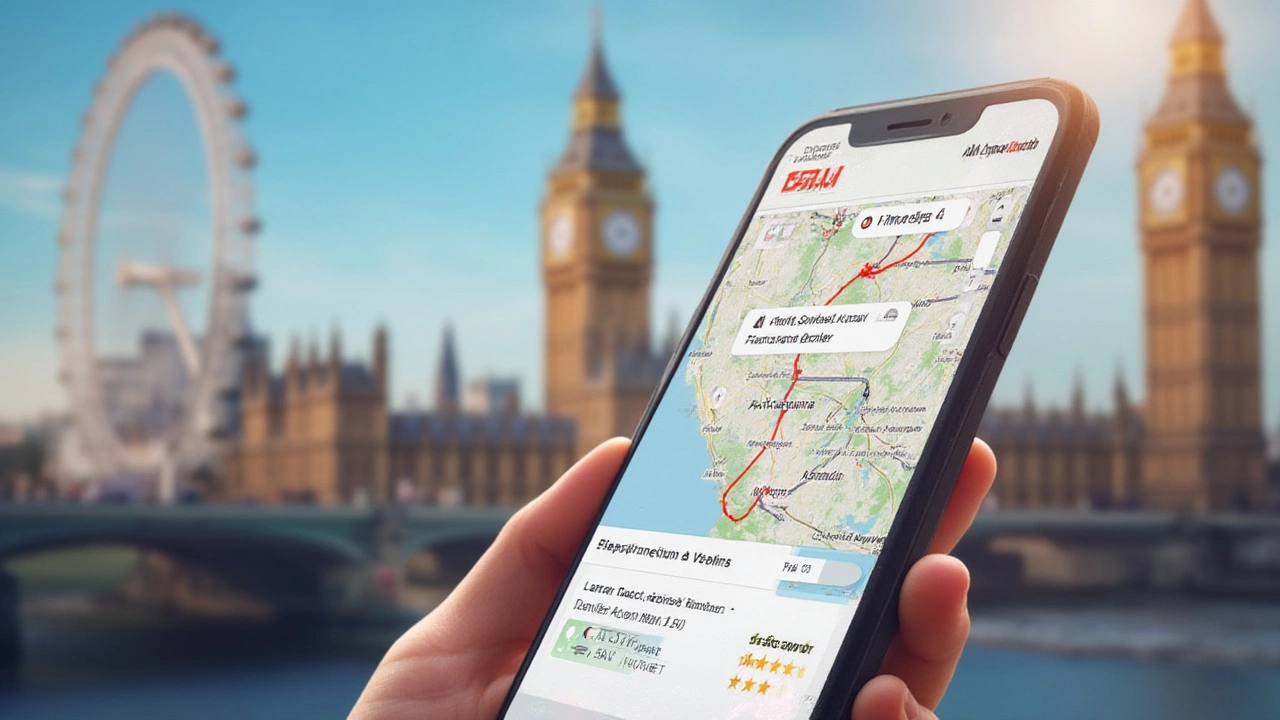
Amazon vs Classic Couriers: The Major Differences
While Amazon delivers millions of packages a day, there are some surprising limits to what it’ll do versus UPS, FedEx, or DHL. Here’s the lowdown:
- Traditional couriers serve everyone—from eCommerce giants to your neighbor mailing tax documents or a handmade quilt. Amazon’s operation almost exclusively moves Amazon orders and a tiny slice of third-party merchant products (through programs like Fulfillment by Amazon).
- Couriers offer a menu of services: overnight, signed delivery, cross-border shipping, insured artwork, dangerous goods, you name it. Amazon focuses on speed and efficiency for regular goods—there’s rarely a “choose your own adventure” menu for shipping methods.
- Couriers usually show up in marked vehicles. Amazon sometimes uses unbranded vans, contractors with their own cars, or even bicycles in urban centers. Not knowing exactly who’ll drop your order can be odd, but it sharpens delivery speed and flexibility.
- Amazon leverages data and machine learning to predict high-volume shopping seasons, manage traffic patterns, and even warn drivers about dogs or icy driveways. Other couriers are catching up, but Amazon’s scale is wild. For instance, on Black Friday 2023, Amazon delivered an estimated 7.2 million packages in a single day in the US, according to market data published by ShipMatrix.
| Feature | Amazon Logistics | Traditional Courier (UPS/FedEx/DHL) |
|---|---|---|
| Who Can Use? | Amazon customers | Retailers, businesses, individuals |
| Scope of Delivery | Majorly Amazon parcels | Wide variety (documents, goods, etc.) |
| Vehicle Branding | Mixed: Amazon-branded and plain vans | Largely branded trucks/vans |
| Delivery Days | 7 days/week, holidays too | Usually 5-6 days/week, limited holidays |
| Technology | Machine learning, live tracking | Advanced tracking; less granular |
There’s another major difference: liability and recourse. Lose a package with UPS, and you file a claim; lose one with Amazon and, more often than not, they’ll just resend it—practically no-questions-asked. They own the inventory until it’s at your door. Different rules, different risks. If you ever had a late-night Prime “oh no, I need a costume for Tobias’s school play tomorrow” crisis, you know the real magic is how close-to-flawless it works most days.
Tips, Secrets, and Fun Facts for Amazon Deliveries
I’ll admit, getting the most from Amazon delivery is a game in itself. Through trial, error, and a little eavesdropping on delivery drivers at the local coffee shop, here are gems worth knowing:
- If you need something ASAP, check for “Next-Day” or “Same-Day” tags. More cities now have regional fulfillment hubs that stock common items, so you’re not waiting for cross-country hauls.
- Amazon photo confirmation is your friend. If your parcel is missing, zoom into the delivery photo for clues. I once spotted my son’s gift two porches down—in clear view, but literally on the wrong stoop.
- Leave delivery instructions. You can add notes like “side door” or “behind the big potted fern” at checkout. Amazon drivers read these!
- Package theft is real. Amazon Lockers or secure hubs are lifesavers if you’ve had repeat porch pirates.
- For valuable items, Amazon usually requires a signature or OTP (One Time Password) delivery. Use this setting if you’ve ever lost a laptop or phone in transit—it’s there!
Did you know that Amazon driver routes are mapped by AI? Drivers get a morning text with their “Rabbit” app, which lays out exactly how to load, deliver, and photograph every stop. My neighbor, a former Flex driver, swears the route efficiency rivals anything FedEx uses. And, who would have predicted, but “Amazon Day” lets you group delivery dates to cut down on packaging waste and multiple van trips—a win-win for both your schedule and the planet.
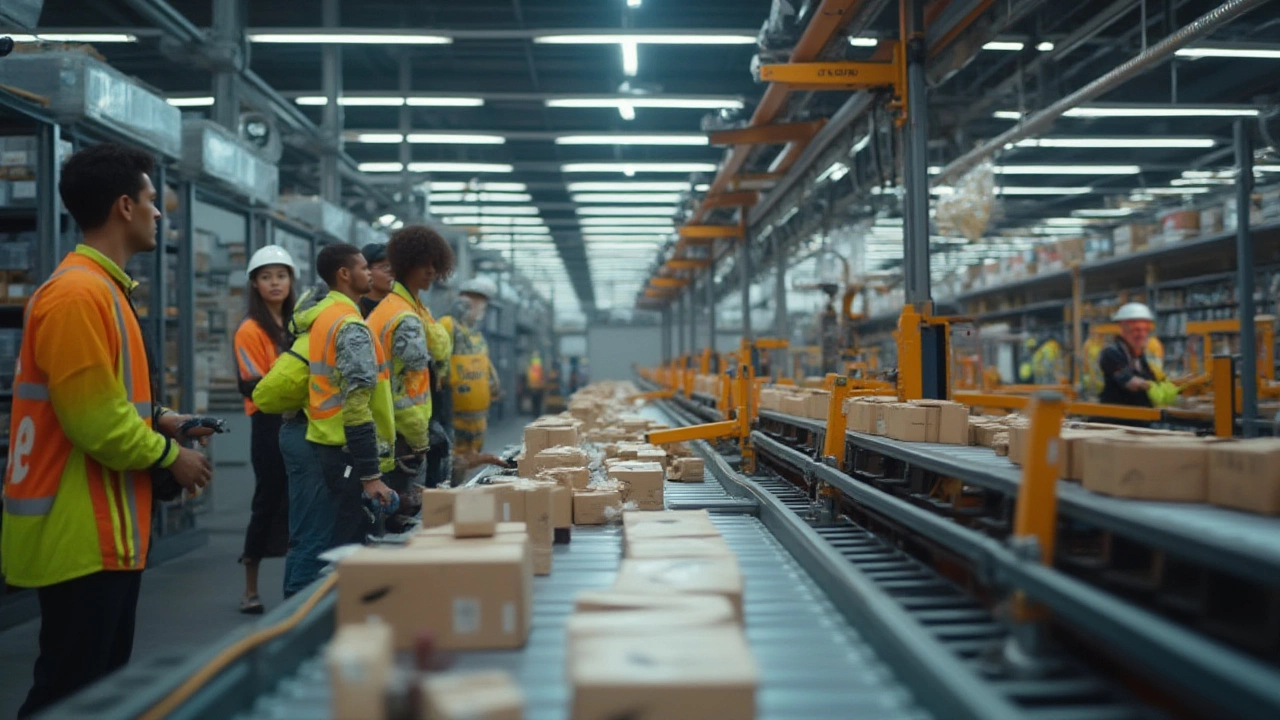
So, Is Amazon a Courier Service, or Not?
Here’s where it gets spicy. Amazon walks (or drives) and talks a lot like a courier, but it’s still fundamentally different. Yes, it solves the final-mile riddle for millions of packages—it fulfills, sorts, ships, tracks, and delivers at a scale few rivals can boast about. Amazon courier service is not just a buzzword; it’s the backbone of how Jeff Bezos’s empire runs so smoothly. The tech, scale, and sheer volume make it look like UPS and FedEx 2.0.
But, crucially, it’s not an open courier shop. As of 2025, you can’t pay Amazon to deliver your parents’ Christmas fruitcake to Oregon unless you bought the fruitcake from Amazon’s site. The company’s own delivery empire still mostly runs for Amazon’s benefit—fast-tracking your stuff, keeping you loyal, and keeping the biggest slice of shipping profits in-house. Some analysts predict Amazon might branch out and offer its network to the rest of us, especially as their air cargo fleet and contractor numbers keep soaring. But for now, the answer is tricky. Amazon is a delivery juggernaut, a hybrid of tech, retail, logistics, and yes, a little sprinkle of traditional courier.
If you get that next parcel in a mysterious gray van, think of it as a glimpse into the future of how *everyone* may get their stuff. Until then, Tobias’s toys, Marcus’s surprise gifts, and, honestly, my obscure baking tools are all safe in Amazon’s fast, strange, uniquely modern delivery hands.
